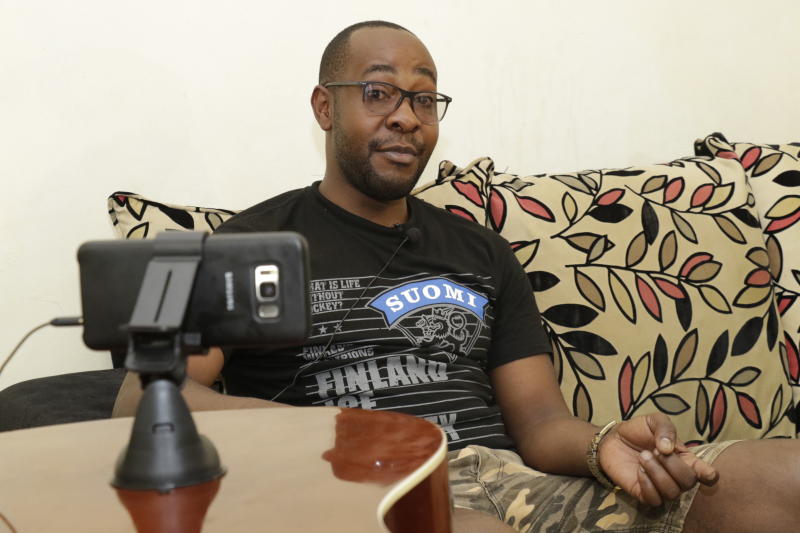×
The Standard e-Paper
Truth Without Fear

What is usually a simple living room for a 30-year-old Moi High School Kabarak teacher has turned into a makeshift studio to digitise lessons for students in the wake of Covid-19 pandemic.